פאול סיניאק (1863-1935)
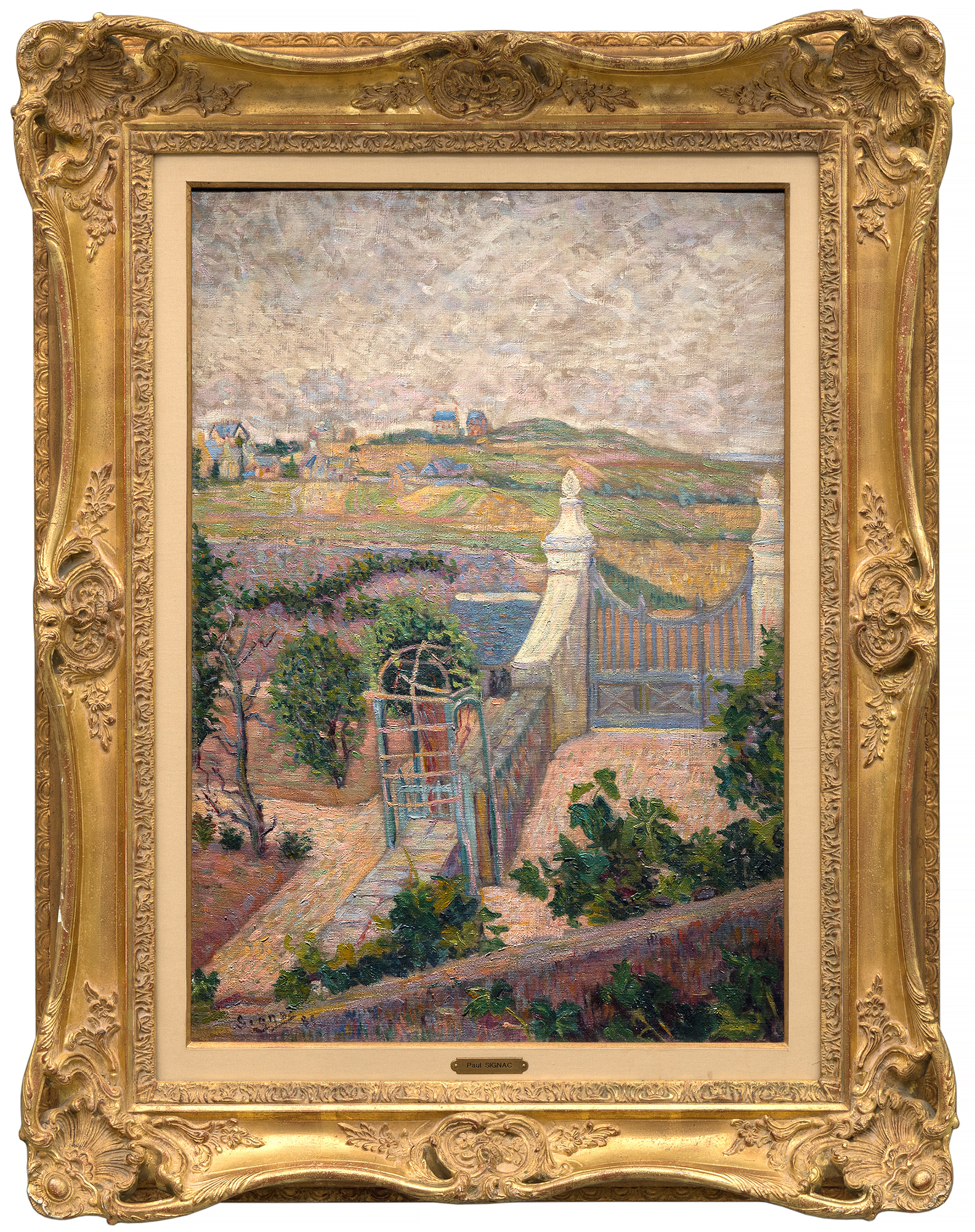

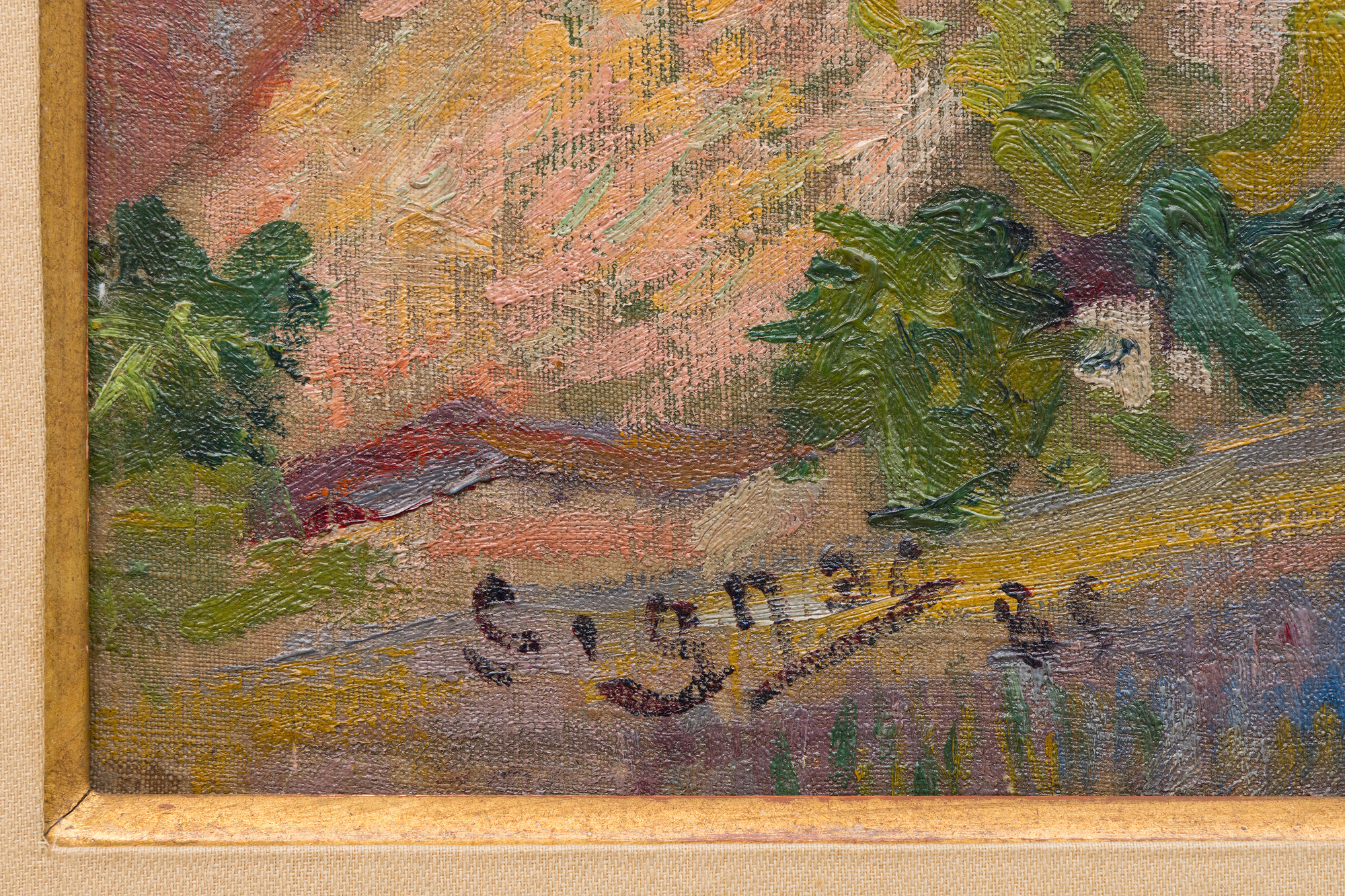
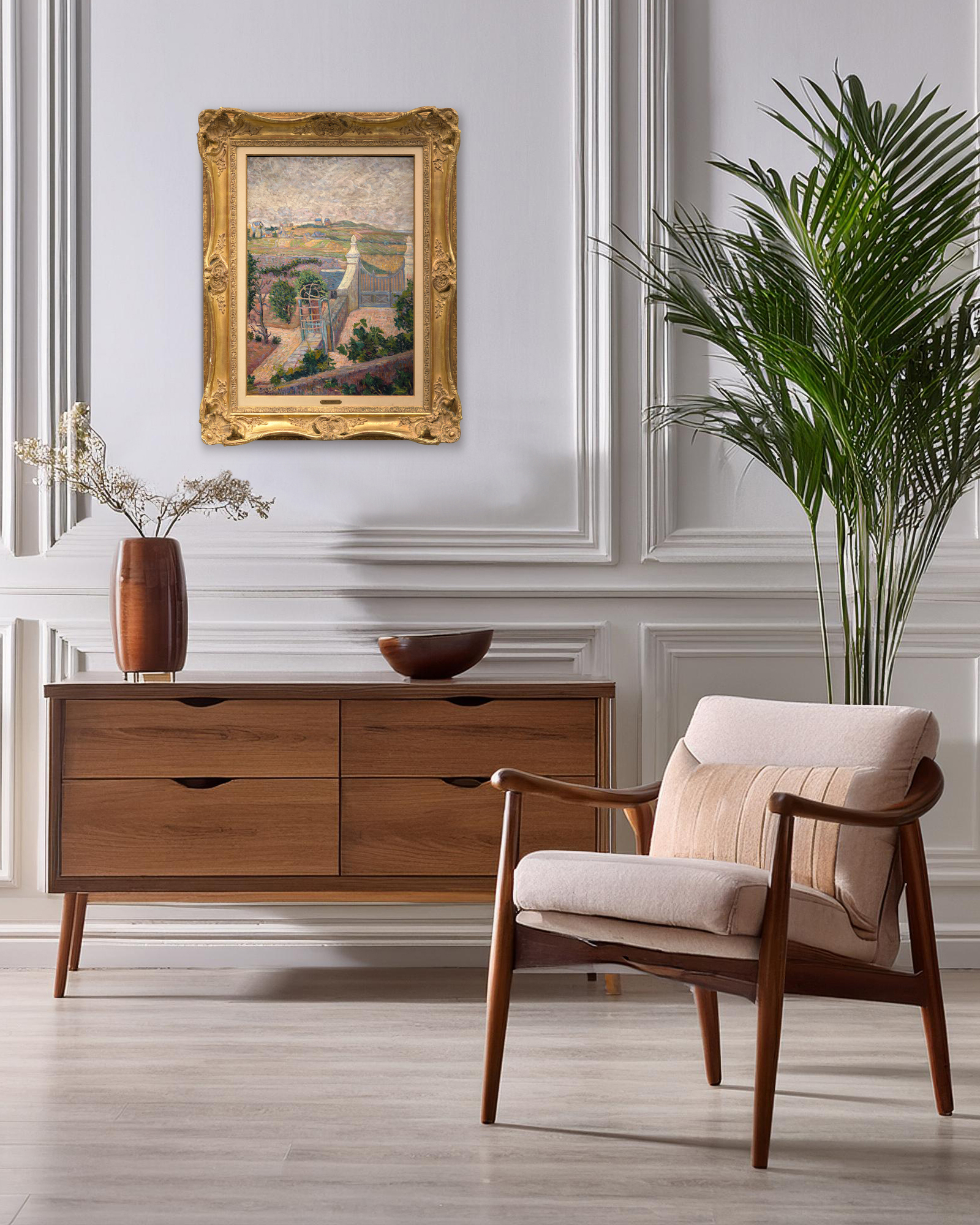
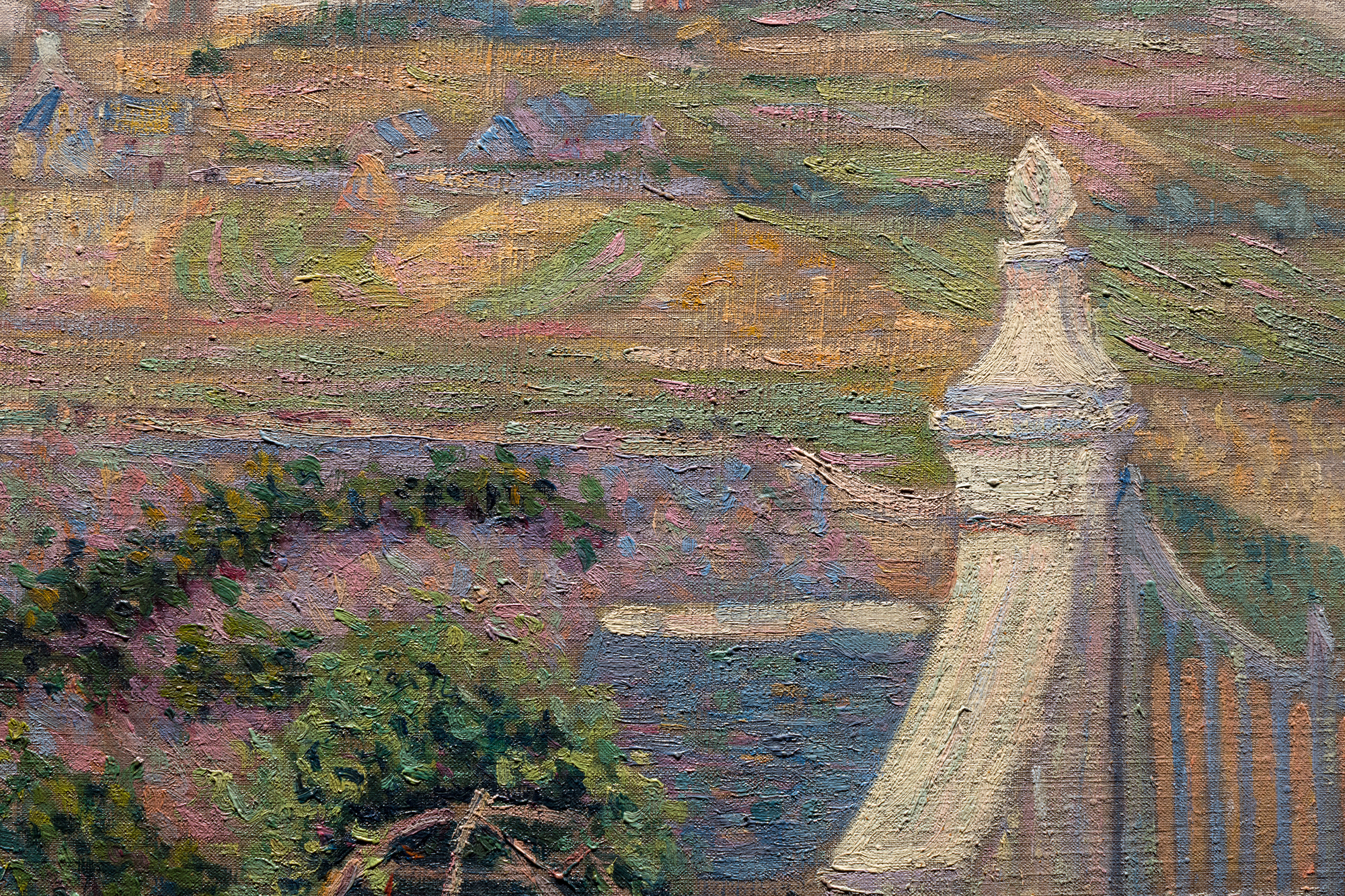
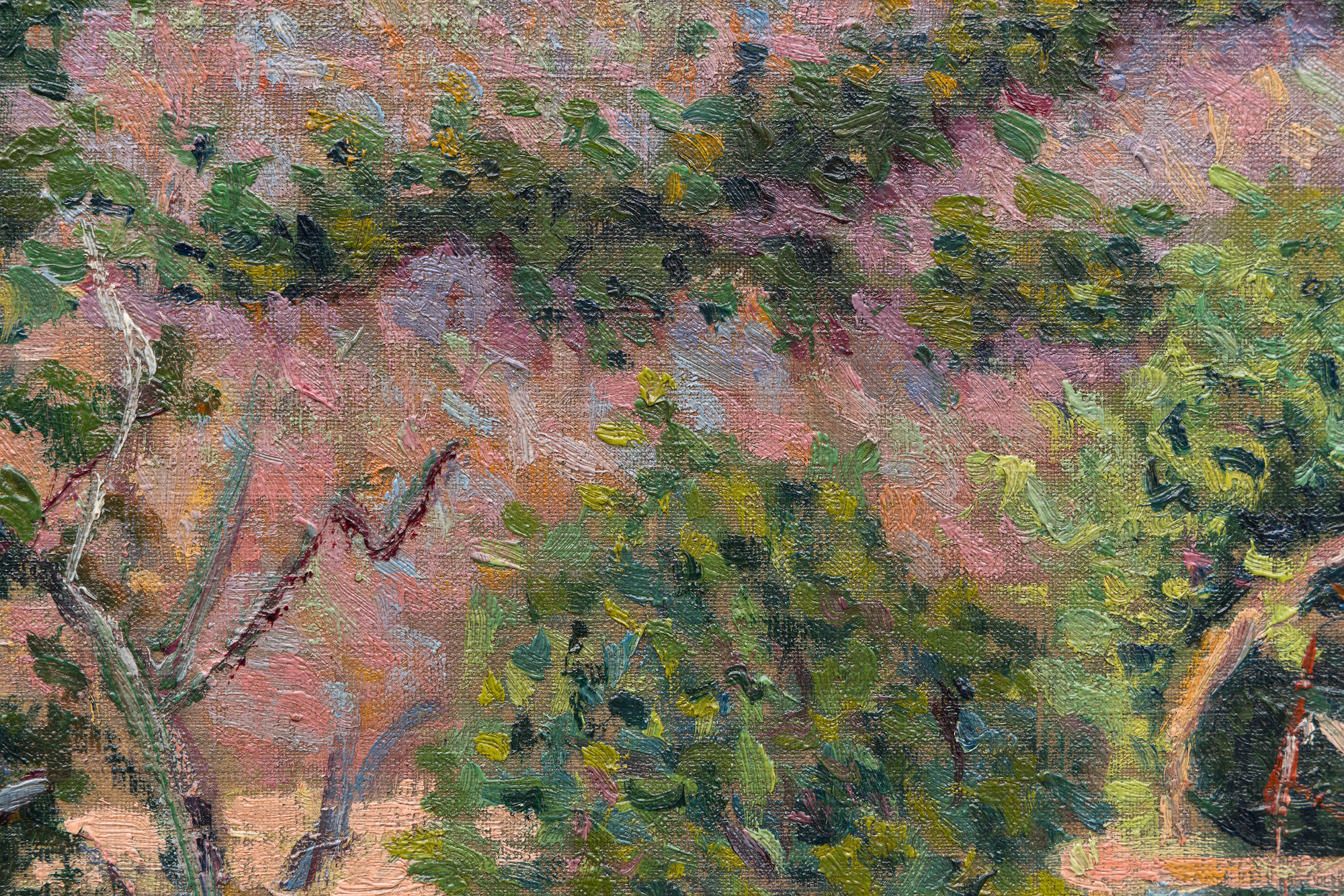


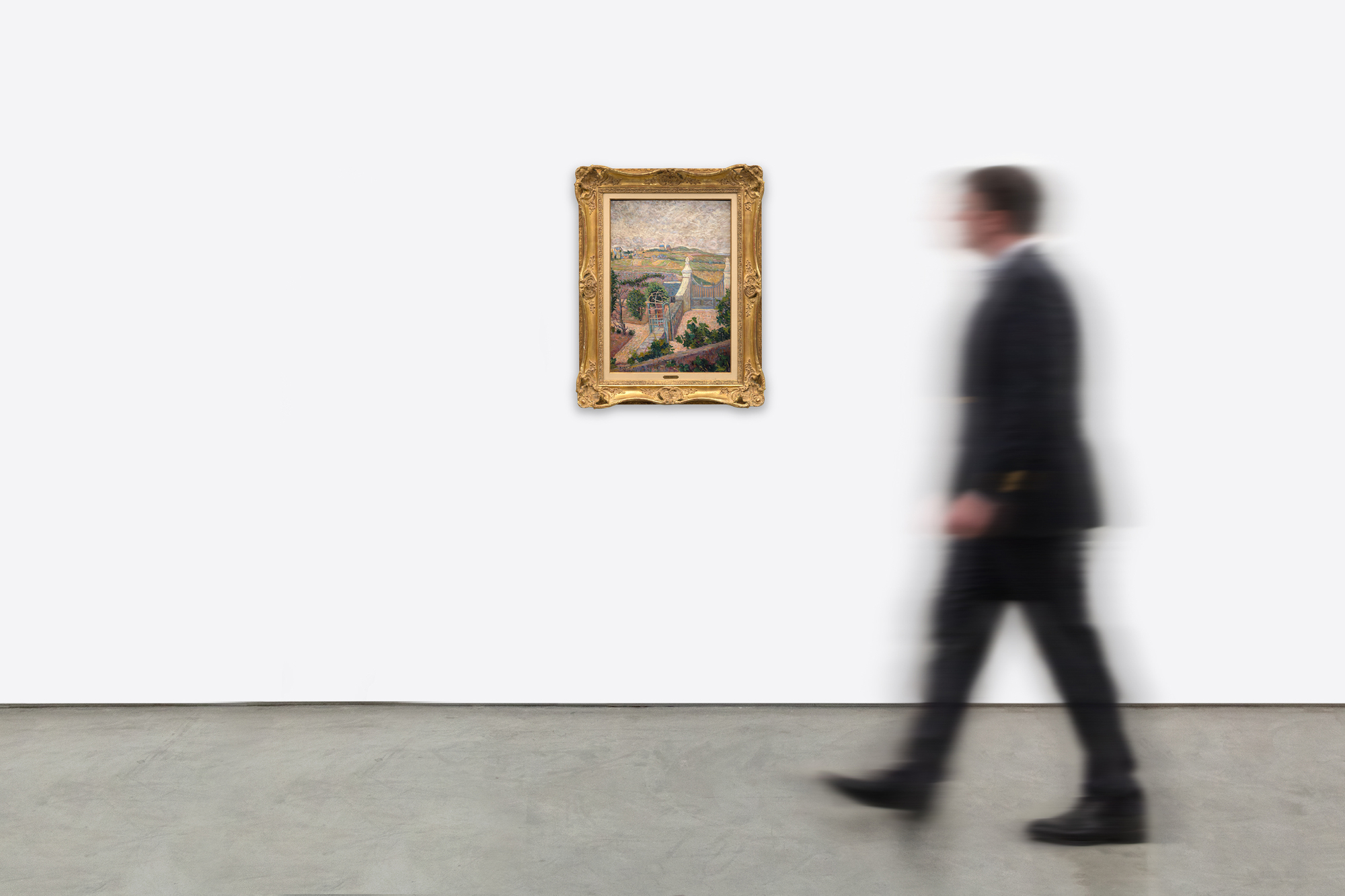
מקור ומקור
ז'ול ריבייר, קאנהHôtel Drouot, פריז, 23 במרץ 1956, חלקה 103
אוסף פרטי, נרכש מהנ"ל
Hôtel Drouot, פריז, 19 ביוני 1990, חלקה 130
אוסף פרטי, שוויץ
Hampel Fine Art Auctions, מינכן, 29 באפריל, 2017, חלקה 6
אוסף פרטי, נרכש מהנ"ל
Hampel Fine Art Auctions, מינכן, 26 בספטמבר 2018, מגרש 602
אוסף פרטי, נרכש מהנ"ל
סותביס ניו יורק: יום שלישי, 14 בנובמבר 2023, פריט 306
אוסף פרטי, נרכש מ-th... עוד...ה למעלה
תערוכה
ניו יורק, גלריות אמנות אמריקאיות, עבודות בשמן ובפסטל מאת האימפרסיוניסטים של פריז, 1886, מס' 70, עמ' 18 (כותרת: מחלוני)ספרות
Francis Soar and Hachette, "Connaissance des Arts", פריז, 1956, עמ'. 61Sophie Monneret, L'Impressionisme et son époque, Dictionnaire International, Vol. II, Paris 1980, p. 255
Hôtel Drouot, "La Gazette de l'Hôtel Drouot", כרך ב. XLIV, פריז, 1990, מס'. 21
פרנסואז קאצ'ין, סיניאק. קטלוג raisonné de l'oeuvre peint, פריז, 2000, מס. 102, עמ'. 169, מאויר
... פחות... מחיר 425,000
היצירה הייתה שייכת בעבר למלחין והמנצח הצרפתי ז'ול ריבייר ונדונה בטקסטים היסטוריים חשובים של האמנות, כולל "Connaissance des Arts" (1956), "L'Impressionisme et son époque" מאת סופי מונרה (1980), ו"Signac: Catalogue raisonné de l'oeuvre peint" מאת פרנסואז קשן (2000), שם היא מאוירת כערך מספר 102. דוגמאות דומות מאותה סדרת סן-בריאק נמצאות במוזיאון המטרופוליטן לאמנות, במכון האמנות של שיקגו ובמוזיאון קרנגי לאמנות. יחד, עבודות אלה חושפות את המעבר של סיניאק לעבר הזוהר המובנה שיגדיר במהרה את הנאו-אימפרסיוניזם ויבטיח את מקומו בין החדשנים המובילים של הציור המודרני.


